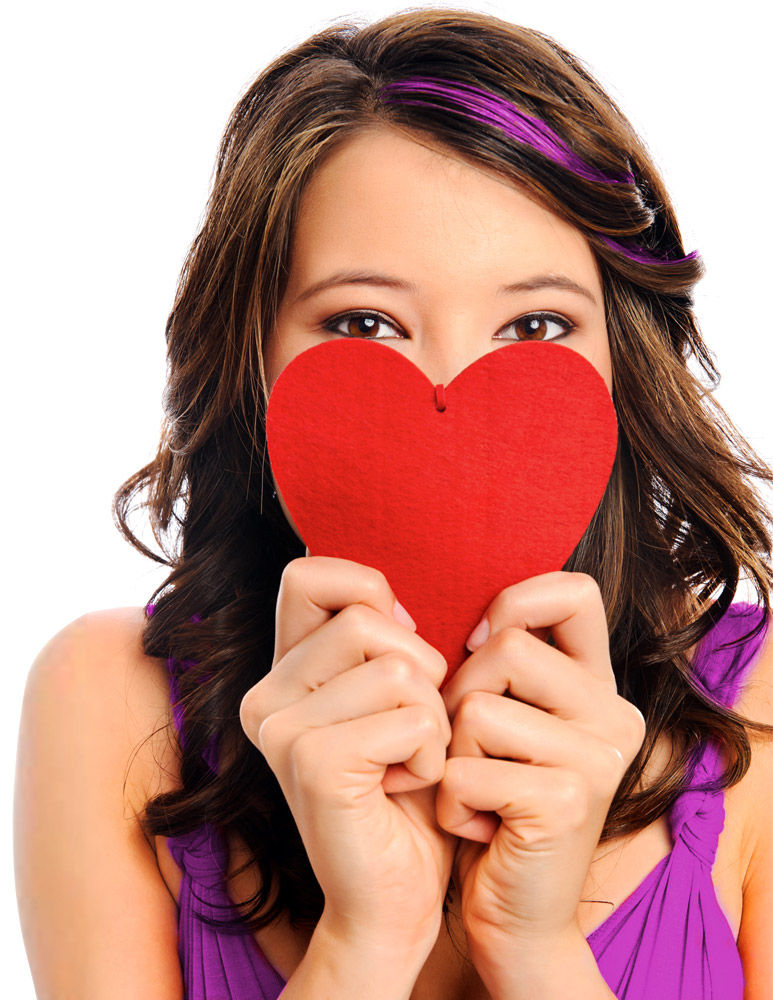
Manila — Love, just like nicotine and other stuff that are inhaled, drunk, eaten or felt, can be addictive. And so scientists have said time and again that falling romantically in love or being in love with someone is a rarity because you don't get to fall in love a thousand times.
For many people, it can only be once in their lifetime. That is why when they do, they look at this person they fall in love with as the one who's the most important and most special in the entire world. For others, it can be more than once but the intensity of feelings don't measure up with the other. The rest of their other relationships, if they have more, are not called love.
Being or falling in love is something that you don't force on yourself or on another person. It is felt. It happens. You feel it. You become it.
The more dangerous thing that can happen, however, is if you become addicted to it. Behavior experts explain addiction to love simply as the longing or desiring the way you crave for your cigarette every 15 minutes or your daily fix of double espresso in the morning.
I won't pretend to be an expert but what I know about addiction to love is that more often, only one in the supposedly two-person relationship is totally into the other. It is not mutual.
Love addicts often fall for people who are not emotionally available for them, who do not reciprocate their feelings. It can be called unrequited love but sometimes, the person on the receiving end of the affection knows the love being directed on him or her but can spare only a bit of the emotions needed to love back.
Love addicts love that feeling of chirping birds outside their window when they wake up in the morning even if their partner doesn't appreciate it and wanted to sleep more. The complexity of a love addiction is when the love addict obsesses and puts an immense fixation with another human being at all costs that they already forget that they're putting themselves in potential danger.
When love doesn’t work out the way they wanted to, love addicts can suffer emotional stress and depression. They can be heartbroken. The pain can be irreparable. The result can be grave because love addicts want to hang on to their belief that true love or whatever they're looking for is the answer to everything.
I once read a neuroscience study that said blood levels are significantly higher in people who have just fallen in love, especially if they are a couple mutually expressing the same feeling. They also call this the phenomenon of love at first sight. The study also said falling in love can elicit not only the same euphoric feeling as using cocaine, but also affects intellectual areas of the brain that when a person falls in love, 12 areas of the brain work in tandem to release euphoria-inducing chemicals such as dopamine, oxytocin and adrenaline.
Not all love encounters are love at first sight. But if it's any consolation, every time I learn about two people who are in love with each other and just take their love at its own pace, I rejoice. At least they are on equal footing. No one is shortchanged.
I feel for those who are in the love addicts club, however, those who are in love with love. These are people who lose themselves loving someone and getting trapped in a cycle of heartbreaks and disappointments. These are also people who need attachment but cannot even find connection.
I find nothing wrong with this kind of love, this addiction. I just pray that people get over with pain when it happens, because it does. When someone is addicted to you or when you are addicted to love, just let it be. One Valentine's Day shout-out I saw somewhere said, "Everybody has an addiction. Mine just happens to be you."

Diana G.Mendoza is a freelance journalist based in Manila


